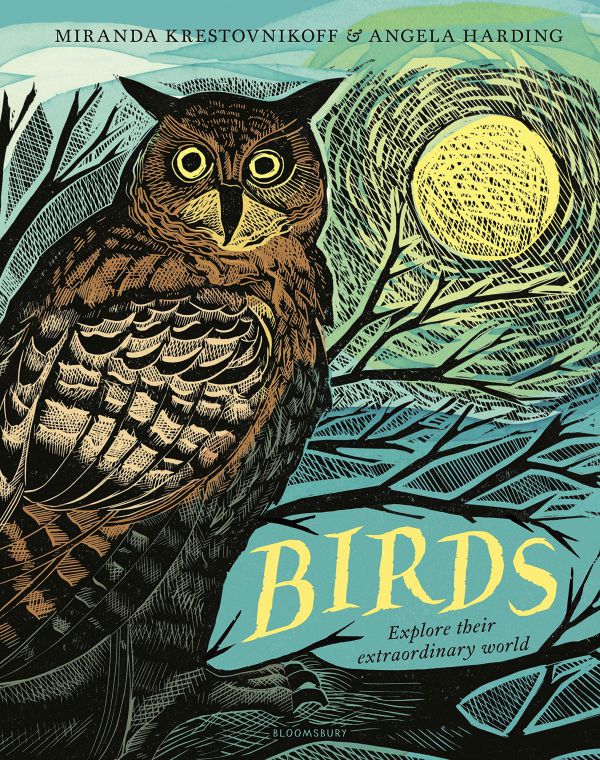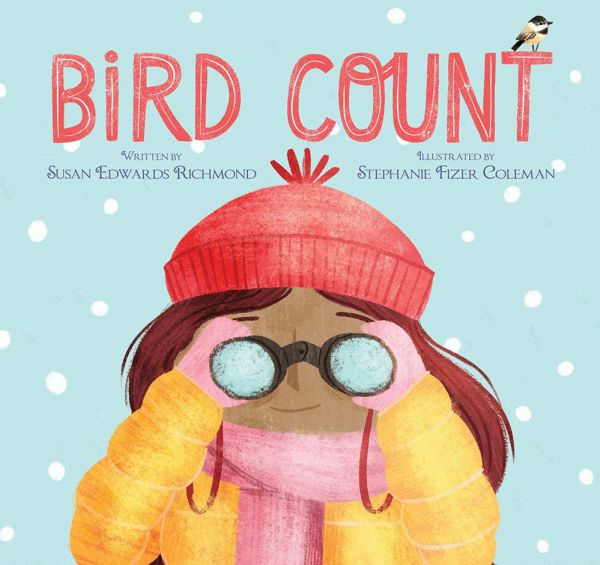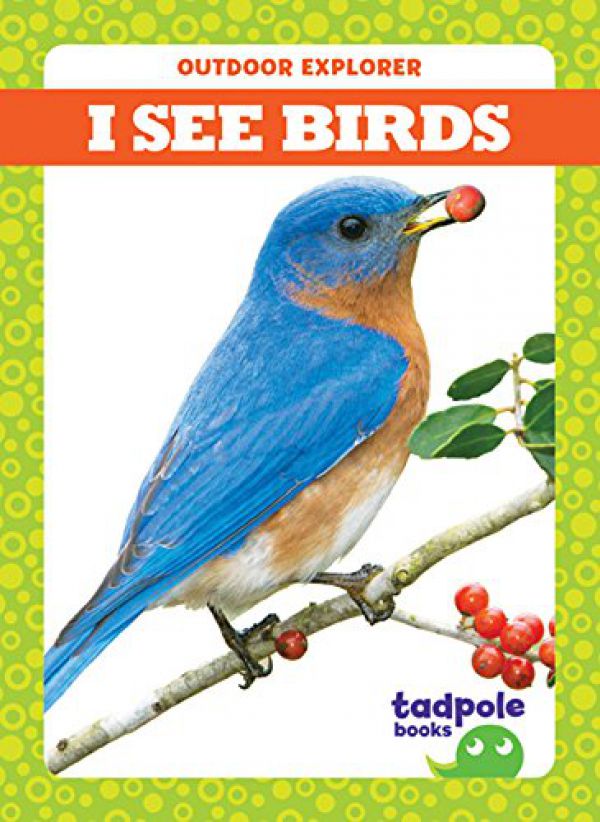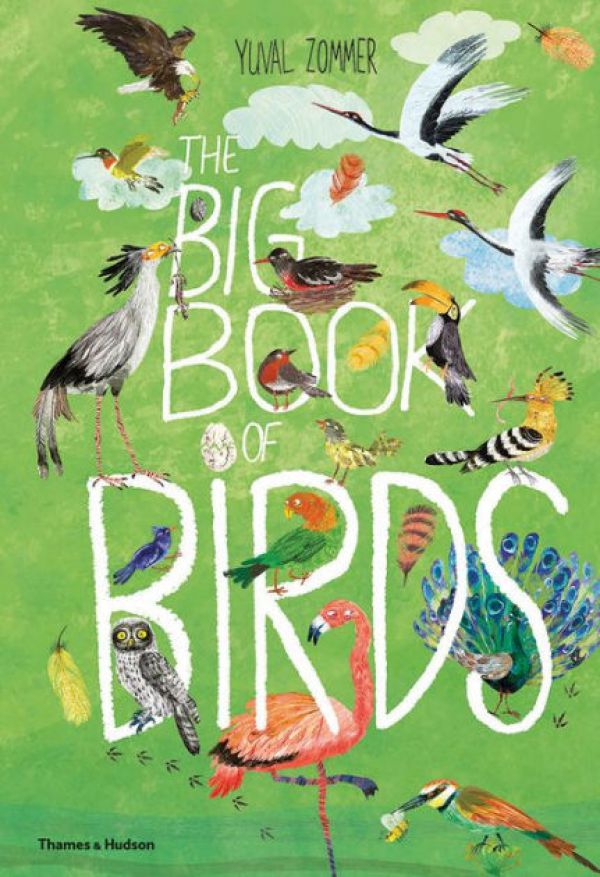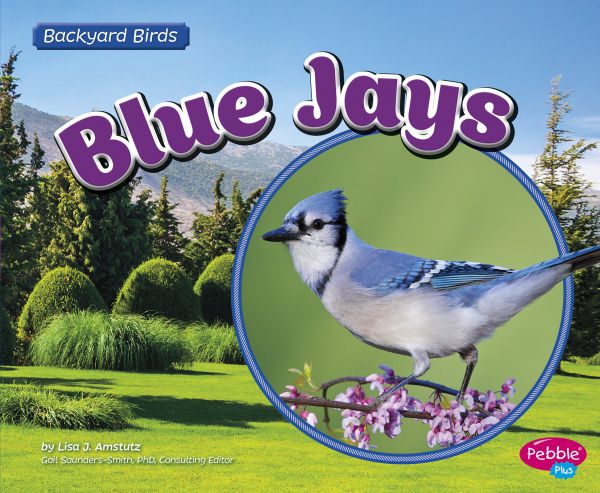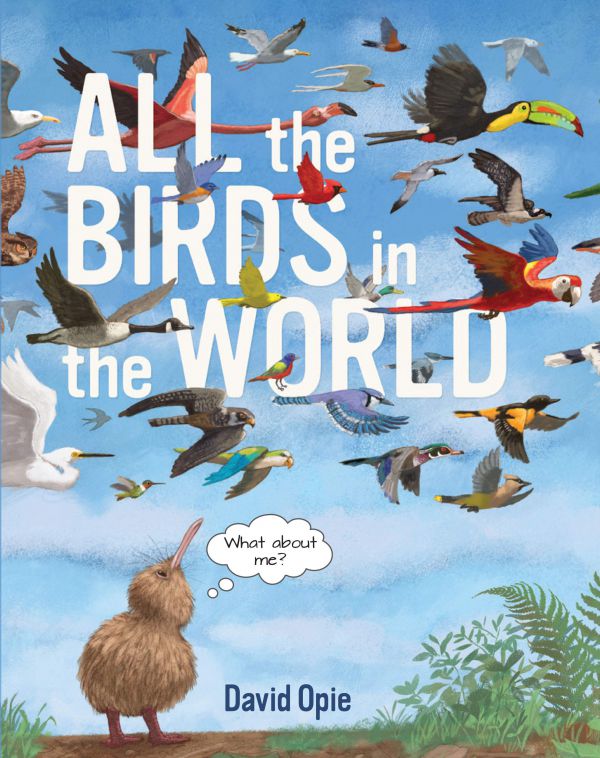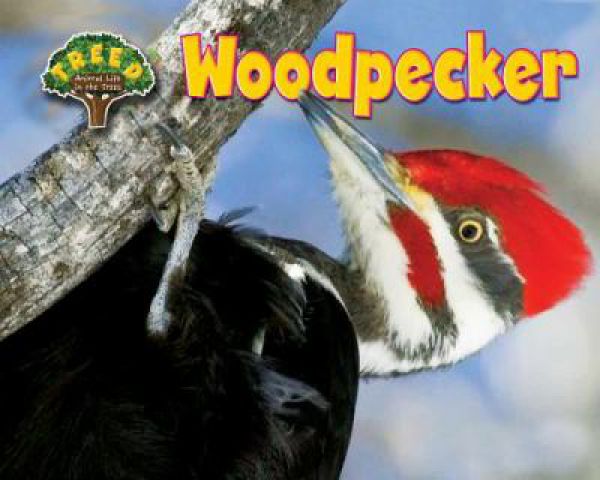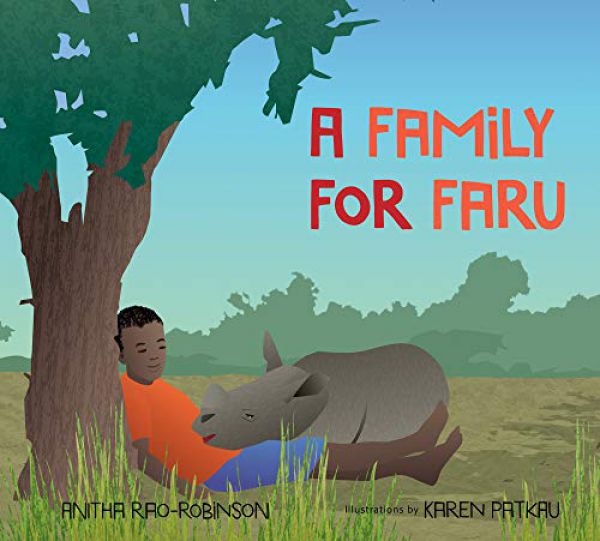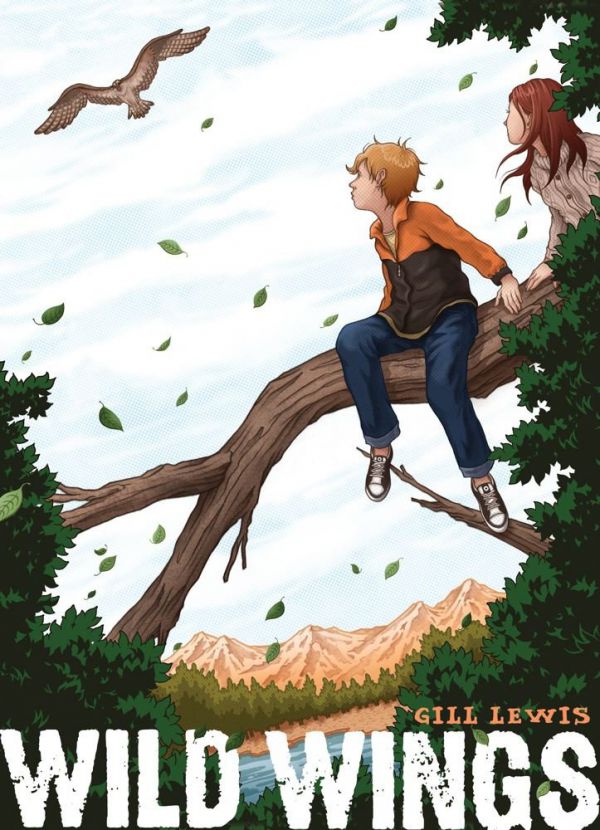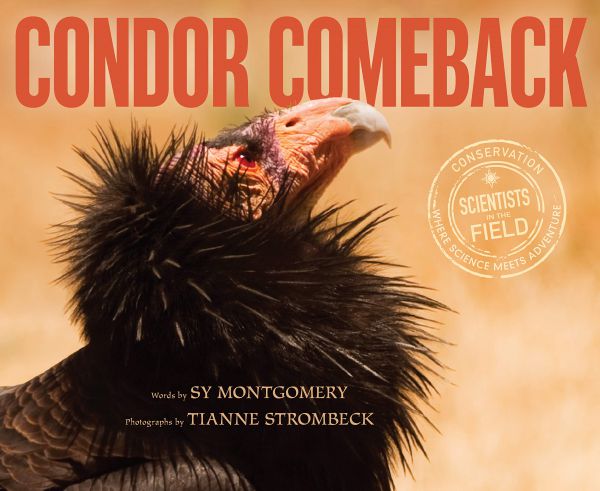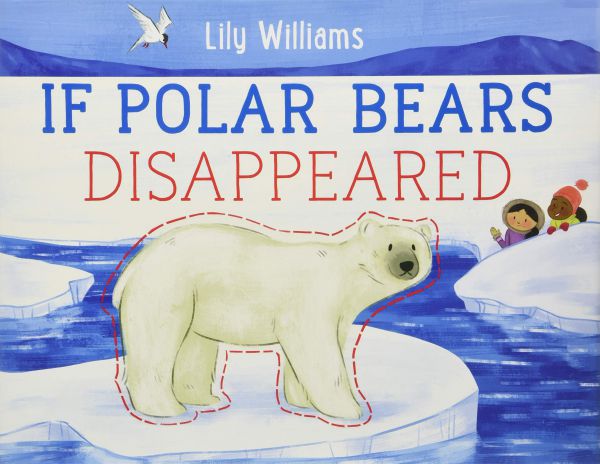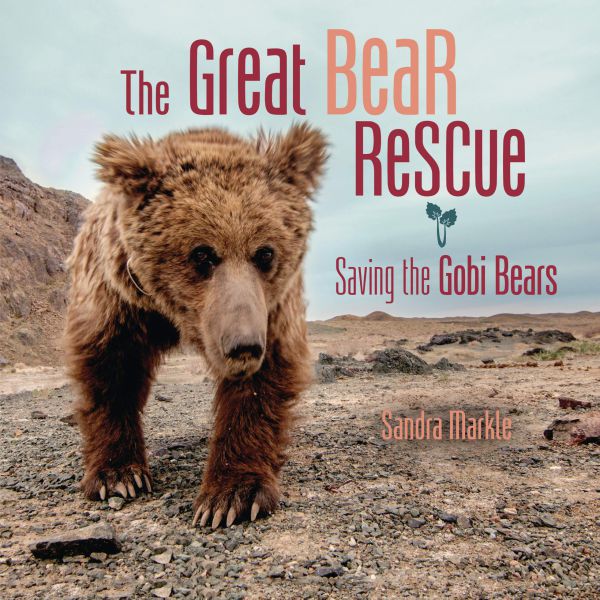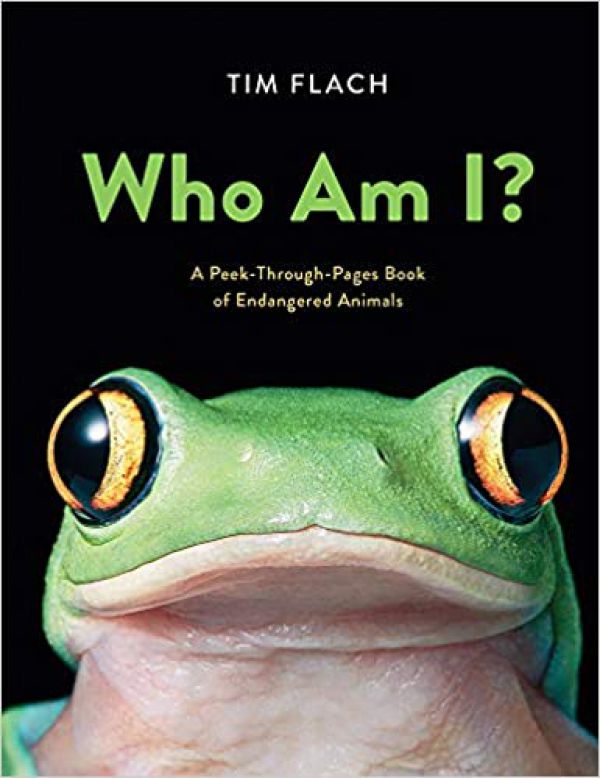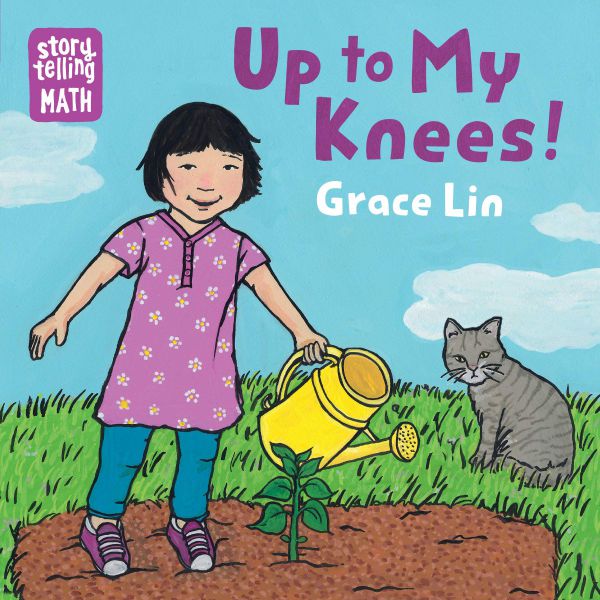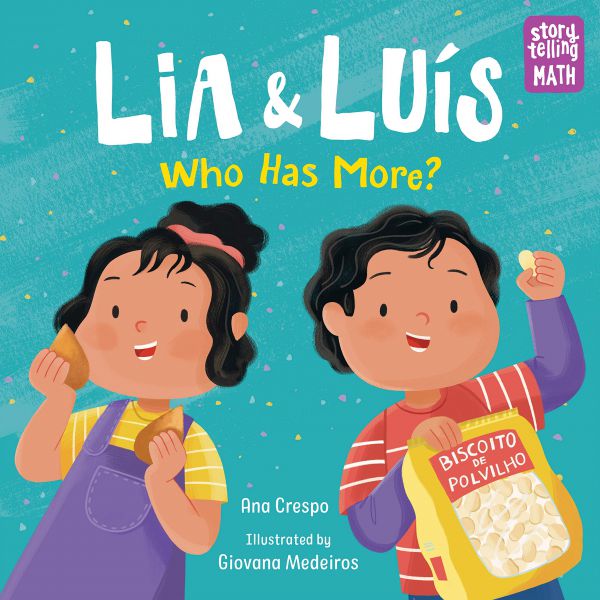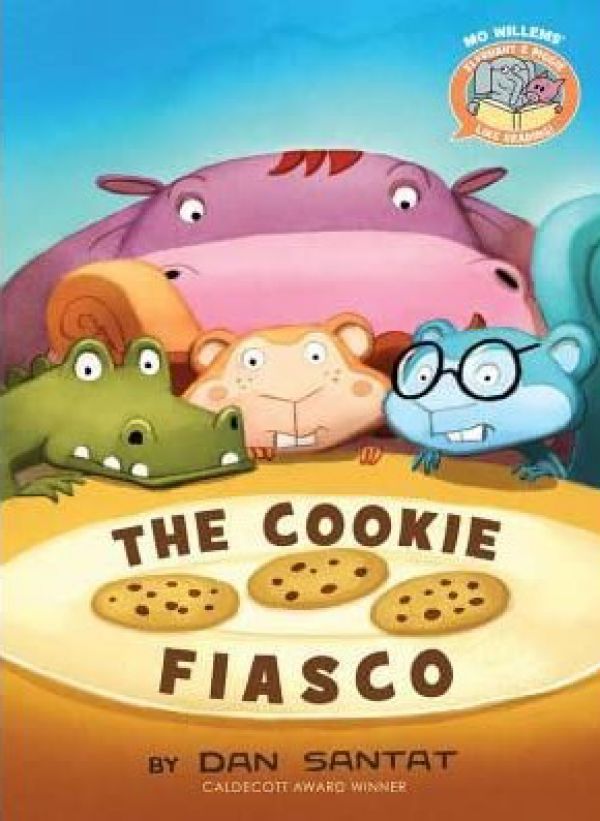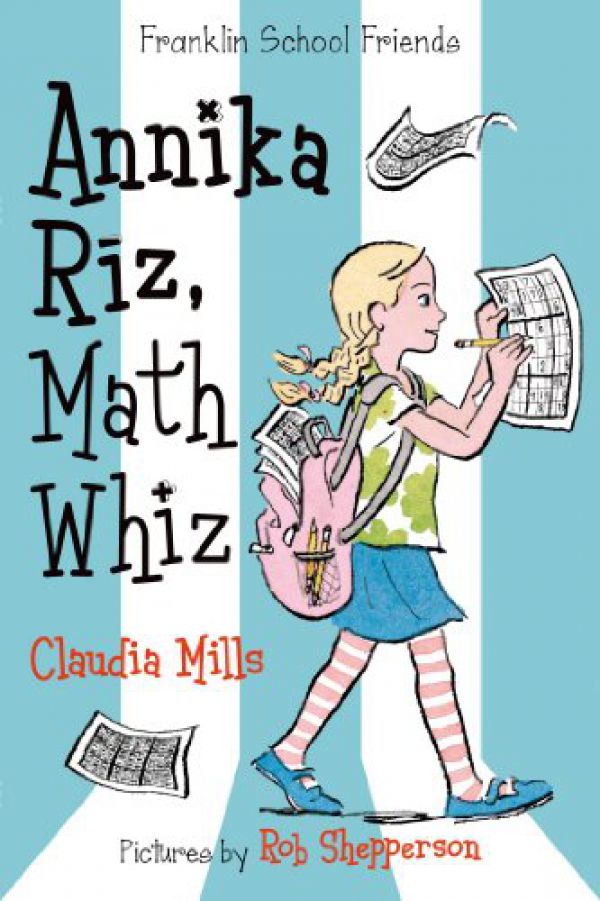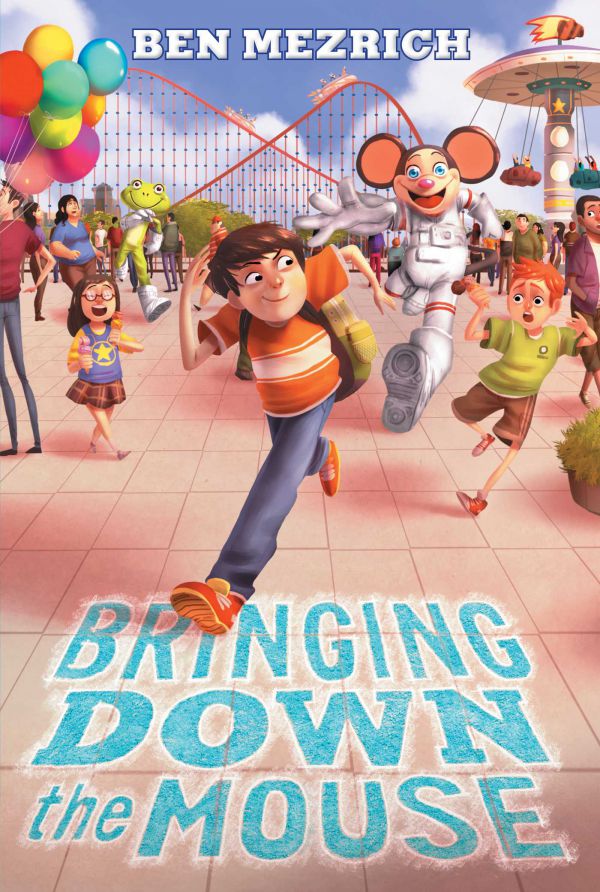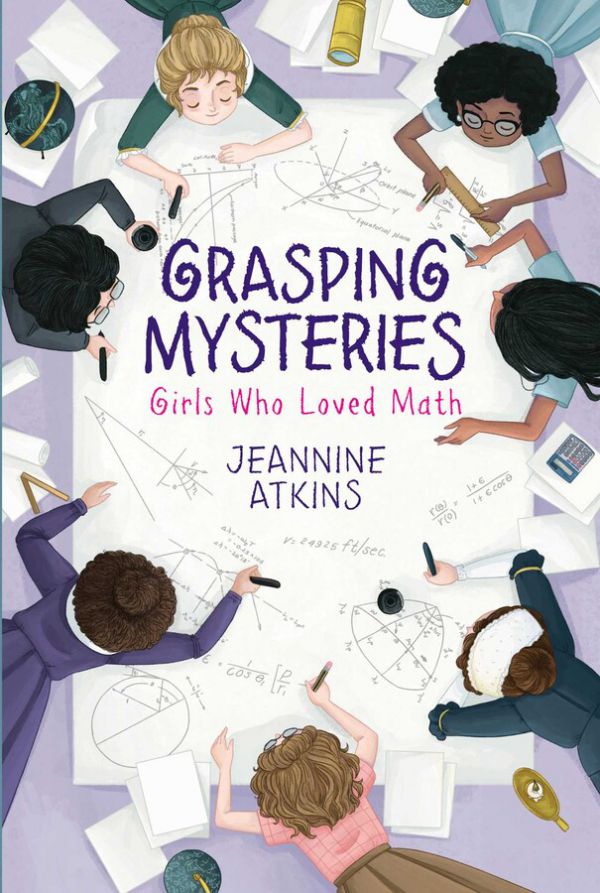-
The Great Backyard Bird Count

TheGreat Backyard Bird Count is an annual event where bird enthusiasts around the world come together to watch/listen for and count as many birds as they can. The event lasts for four days, and anyone can participate! According to the Great Backyard Bird Count website, all you have to do to participate is:
- Decide where you’d like to watch birds.
- Watch birds for at least 15 minutes, over the four days of the bird count, between February 18 and February 21, 2022.
- Count all the birds you see or hear within the time you’ve planned your bird watch.
For more information on how to participate, check outthe Great Backyard Bird Count’s website.
Here at the Barrington Area Library, we have a plentiful amount of books to help guide you on your birdwatching journey, but here are a few that we think might be especially helpful.
We’d love to hear about your experience with the Great Backyard Bird Count! Email us at youthservices@balibrary.org with any photos or tales from your birding adventures!
 Youth Services Specialist Stefanie
Youth Services Specialist Stefanie -
4 Simple Science Experiments You Can Do With Your Toddler or Preschooler
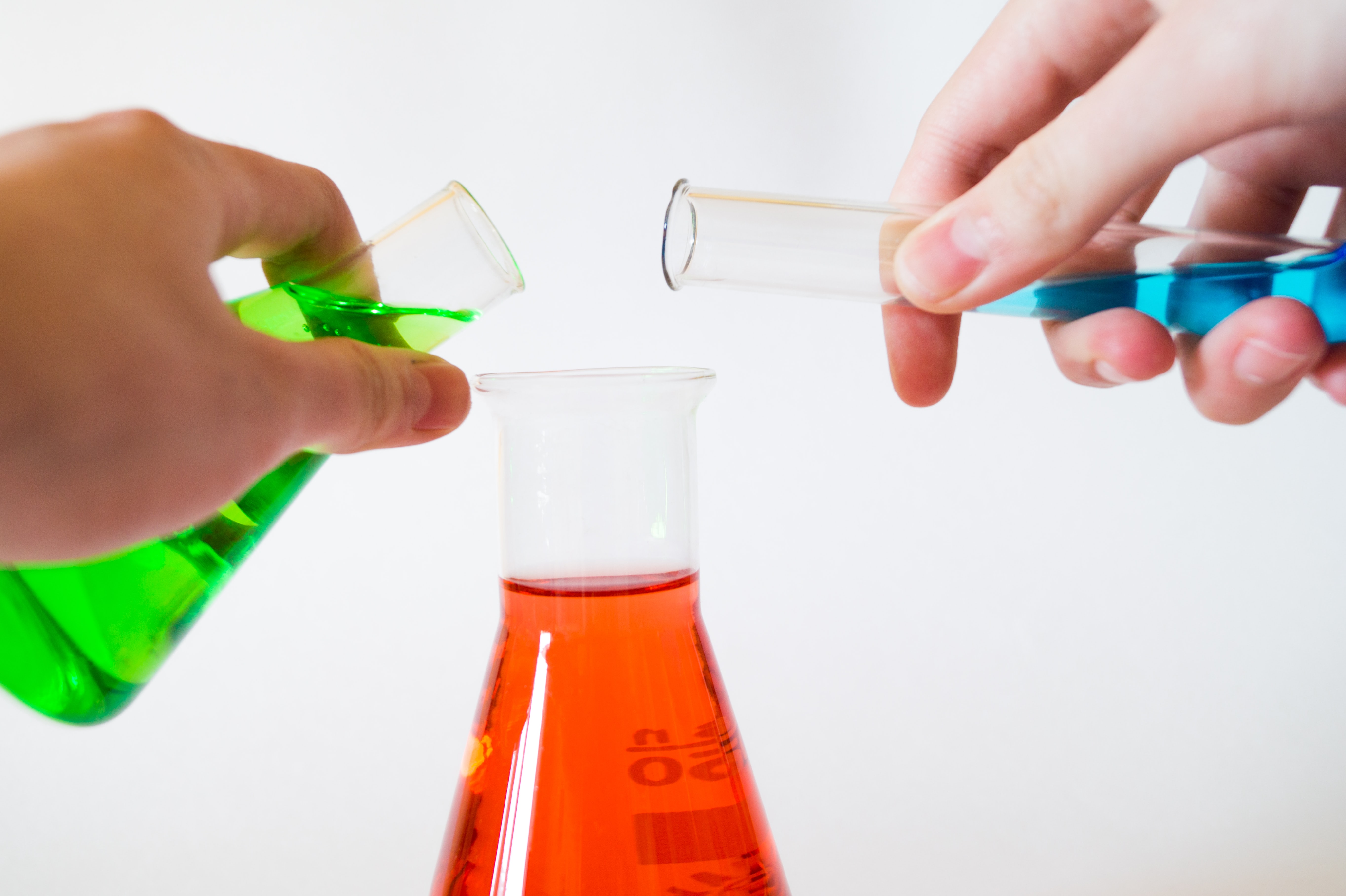
Photo by Alex Kondratiev on Unsplash
Toddlers and preschoolers love to explore the world. Here are 4 simple science experiments you can do together that will ignite your toddler or preschooler's curiosity.
Sink or Float
Materials
- Container to hold water. A large bowl or plastic bin works nicely.
- Toys and other household objects such as balls, cups, coins, sponges, and silverware.
- Pencil and paper.
Start by filling your container with water. Show your child an example of an item that floats, and an item that sinks. Before your child drops an item into the container, ask them if they think the item will sink or float. Record your prediction on your piece of paper, and see if they were right.
Boat Engineering

Materials
- Container to hold water.
- Tin foil or other household recyclables such as straws, egg cartons, and cardboard.
- Weights such as coins, washers, Legos, or small wooden blocks.
- Tape (optional)
Create a boat out of tinfoil or other household items such as straws, egg cartons, or cardboard. If you need inspiration, look at pictures of boats together. A tin foil boat will be the quickest way to make a boat.
Fill your container with water. Place your boat in the container. Add weight to your boat using items such as coins, washers, small blocks, or Legos. See how much weight your boat can hold before it sinks! Once your boat sinks, see if you and your child can build another boat that will hold more weight.
Baking Soda and Vinegar Chemical Reactions
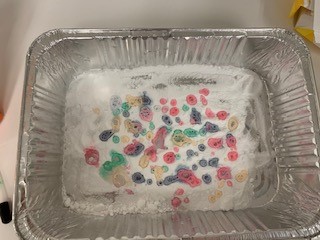
Materials
- Baking soda.
- Vinegar.
- Food coloring.
- Cups.
- Pan with sides, such as a casserole dish or disposable aluminum pan.
- Eyedropper or spoon.
There are many ways you can explore with baking soda and vinegar, but this is one of my favorites.
Start by pouring a thin layer of baking soda in your pan. You will want a deep pan with sides to contain the fizz from the baking soda and vinegar.
Pour a small amount of vinegar into your cups. The amount does not need to be precise, but 1/4 cup in each cup should be enough. Add one color of food coloring to each cup of vinegar. Mix to combine.
Fill an eyedropper or spoon with the colored vinegar, and drip it into the pan. Watch the color appear on the baking soda, and it fizz as the baking soda and vinegar combine. Enjoy the fizzing, and see what colors you can make!
Color Mixing with Magic Milk

Materials- 2% or Whole Milk.
- Bowl.
- Dish soap.
- Cotton swab.
- Small cup.
- Food coloring.
Pour some milk into a bowl. The milk should be either 2% or Whole Milk. Add several drops of food coloring to the milk.
Pour a small amount of dish soap into a small cup. Dip your cotton swab into the cup of dish soap. Touch the cotton swab with the dish soap on it to the milk. Once the dish soap touches the milk, you should see the colors spread out from each other. You can dip the cotton swab in the dish soap again and touch it to a different spot on the milk.
Looking for more experiments to do with your toddler or preschooler? Here are some websites with more ideas.
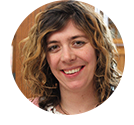 Youth Services Librarian Ann
Youth Services Librarian Ann - Container to hold water. A large bowl or plastic bin works nicely.
-
8 Books for Endangered Species Day
Here are 8 books for kids featuring conservation of threatened or endangered animals. Find out more about Endangered Species Day here.
Want more reading lists delivered straight to your inbox? Sign up for our e-newsletters to discover the newest and best books for kids.
 Youth Services Librarian Allison
Youth Services Librarian Allison -
Count on These Mathematically Marvelous Books for Pi Day
Check out one of these books that celebrate math-minded kids and might even teach your reader a new mathematical concept.
Want more reading lists delivered straight to your inbox? Sign up for our e-newslettersto discover the newest and best books for kids.
 Youth Services Librarian Allison
Youth Services Librarian Allison -
Code a Game in Scratch
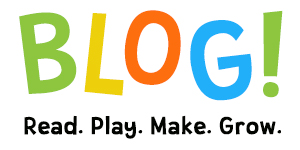
Have you ever wanted to make your own computer game? Well, using the website, www.scrach.mit.edu, you can code your own game!
Scratch is a free coding software designed to teach kids how to code. Anyone can learn to use Scratch. Scratch is great for beginners because it uses drag and drop coding. Drag and drop coding lets users build a sequence of code without needing to type in a specific coding language, such as Java or Python.
In the video below, I'll show you how to add characters, move your characters, collect items, create enemies, and keep score. I'll show you one way to code these situations. However, be sure to experiment! You may find a different way to code your game.
Coding is a skill that takes practice, creativity, and perseverance. If you find yourself frustrated with your coding, take a break and come back to your code. Look at your code step by step and try to think about what each line of code is doing. Try taking apart a block of code and look at what each step does by itself. Look at your list of coding blocks, and see if one of them might help your code. Scratch also lets you see how other users code projects. Try looking at the code in similar games on Scratch.
After you code, take a mindful moment. Take a moment to close your eyes and breathe slowly. Acknowledge your feelings both positive and negative. Breathe deeply as you accept that these are valid. Coding is a new skill! Be patient with yourself.
 Youth Services Librarian Ann
Youth Services Librarian Ann

